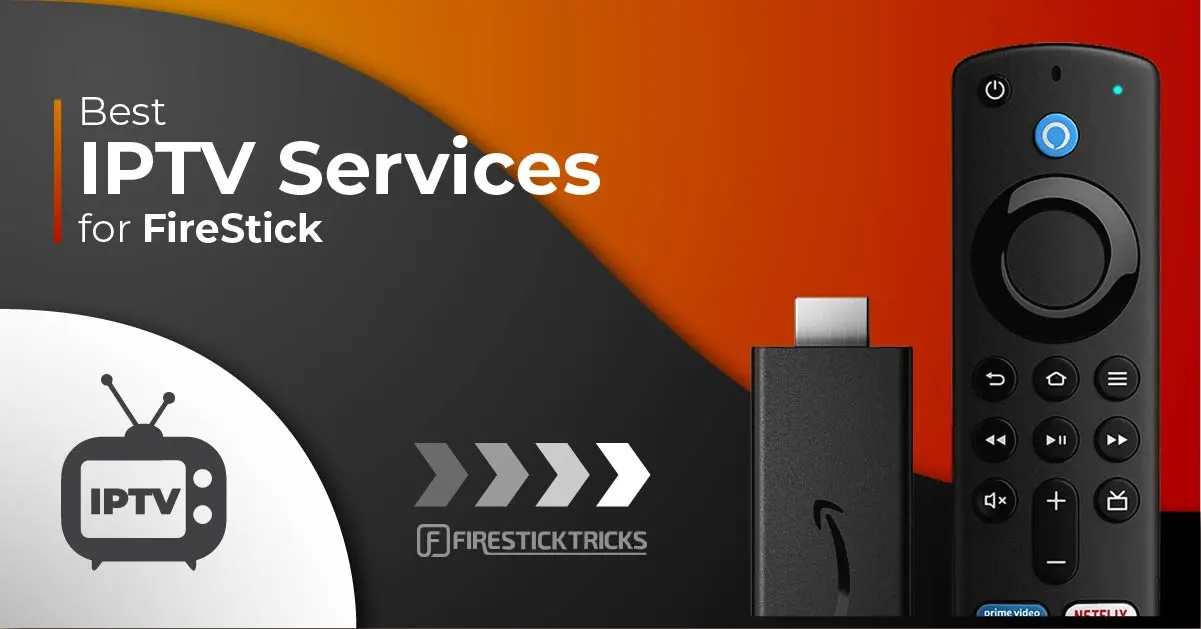Boost Your Viewing Experience: IPTV Subscription with Comprehensive Channels
Boost Your Viewing Experience: IPTV Subscription with Comprehensive Channels
Blog Article
Exactly How IPTV Functions: A Step-by-Step Guide to Web Protocol Tv Modern Technology
Web Protocol Tv (IPTV) has revolutionized the way we consume television content, supplying a brand-new realm of opportunities with the power of the web. From the fundamental concepts of IPTV to the complex procedure of content delivery, each action plays a crucial duty in making sure a seamless viewing experience.
IPTV Essentials
In understanding IPTV essentials, it is crucial to grasp the fundamental workings of this modern technology in supplying television web content online. IPTV, which stands for Net Procedure Television, utilizes Web Procedure (IP) networks to transfer television web content to users' gadgets. Unlike standard techniques of broadcasting tv content via cable or satellite signals, IPTV streams media through high-speed net links.
Furthermore, IPTV enables interactive capacities, such as video clip as needed (VOD) and digital program overviews (EPG), improving the user experience by giving more control and versatility in accessing web content. Generally, recognizing the fundamentals of IPTV establishes the foundation for exploring its more innovative functionalities and the benefits it supplies to modern tv usage.
Web Content Delivery Process
Reliable material distribution in IPTV systems involves a well-structured procedure that makes sure smooth transmission of tv web content over IP networks. The content delivery procedure in IPTV begins with the creation of the video clip web content, which is then encoded into digital style ideal for IP transmission. This encoded material is then firmly stored on web servers understood as media servers. When an audience requests specific web content, the IPTV system fetches the asked for data from the media servers and supplies it to the audience's device over the net.

Middleware Functionality
With the assimilation of middleware, IPTV systems gain improved functionality that streamlines user interaction and content management. Middleware functions as a vital element that links the gap in between the interface and the Homepage back-end framework, helping with smooth communication and communication within the IPTV system. One of the essential features of middleware in IPTV is to allow personalized individual experiences by offering attributes such as interactive program guides, video-on-demand services, interactive marketing, and individual choices monitoring. By streamlining these functionalities through middleware, company can provide a much more vibrant and customized IPTV experience to their clients.

Gadget Compatibility
Offered the critical role of middleware in allowing smooth communication and content management in IPTV systems, a vital element to think about is the compatibility of gadgets utilized for accessing the IPTV solutions. Device compatibility is vital for making sure a smooth individual experience and ideal performance when accessing IPTV web content.
In the context of IPTV, tool compatibility refers to the ability of a device to successfully interact with the IPTV service, present content properly, and sustain the required protocols and codecs for streaming video clip material over the internet. Different tools, such as wise TVs, set-top boxes, smartphones, tablets, and computers, might have varying levels of compatibility with IPTV services.
To guarantee a smooth watching experience, it is very important for users to pick devices that work with the certain IPTV solution they are using. Furthermore, IPTV provider need to provide assistance for a vast array of devices to provide to the varied requirements of their individual base. By prioritizing tool compatibility, both users and company can enhance the general IPTV experience.
Top Quality of Service (QoS)
Thinking about the essential duty of preserving a high requirement of efficiency and dependability in IPTV systems, ensuring consistent Top quality of Solution (QoS) continues to be an essential aspect of the customer experience. QoS in IPTV refers to the capability of the system to provide material with very little disruptions, high resolution, and quickly filling times.
Solution providers utilize QoS systems such as traffic prioritization, buffering, and error adjustment to maintain a steady IPTV service. By prioritizing IPTV website read review traffic over less time-sensitive data, service providers can make certain smooth playback even during optimal use hours. Buffering aids make up for network fluctuations, while mistake adjustment strategies enhance data honesty.
Continuous tracking and optimization of QoS parameters are vital to adapt to transforming network conditions and user demands. Eventually, a durable QoS structure is important for providing a seamless and pleasurable IPTV experience to customers.
Verdict
In verdict, IPTV runs with the transmission of television web content over web protocol networks. The innovation includes a systematic process of web content shipment, facilitated by middleware functionality to ensure compatibility throughout various devices. Top quality of Solution plays an essential function in keeping the performance and reliability of IPTV services. Understanding the fundamental concepts of IPTV is important for understanding the details of this innovative tv innovation.
Report this page